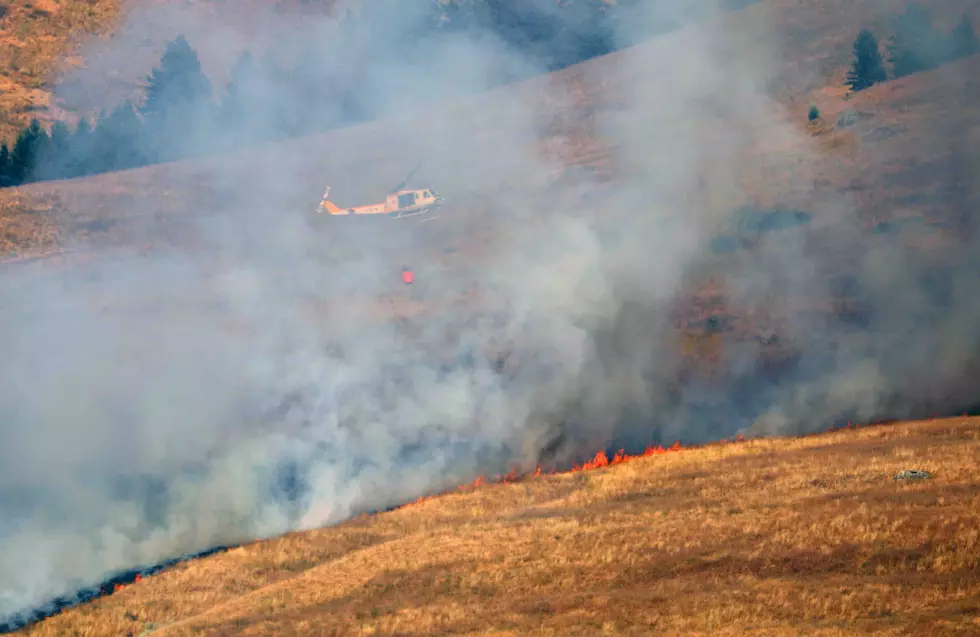
Missoula County: Fire resources thin but initial attack poised for service
Fire officials around Missoula County on Thursday began bracing for another round of storms while maintaining a “laser focus” on initial attack given the risk of a fast-moving incident near urbanized areas.
Adrian Beck, the county's director of Disaster and Emergency Services, said many existing fires around the region are under patrol, though some also remain a concern as critical fire weather nears.
“With very limited resources and a strain on national resources, we're seeing a lot of fires being complexed together,” Beck said. “Any new starts will be hard to control, and any existing fires will likely get much larger.”
Evacuation warnings remain in effect near the Granite Complex fires burning near Lolo Pass on the Montana-Idaho border west of Missoula. Officials also are watching the Crooks Fire burning east of Arlee and north of Missoula.
While that fire has only prompted some road closures at this point, a potential eastward advance could bring it closer to several populated areas including Placid Lake, Seeley Lake and the Jocko area, Beck said.
“Our big focus is on the next fire that will likely be very rapidly moving and require a lot of initial attack resources to try and bring it under control,” she said. “The biggest concern we have in these situations is how we ensure the safe evacuation of people should we need to do that. That's our laser focus right now – any new starts that happen and how we amass enough resources quickly to deal with it.”
While national resources are stretched thin amid an active Western wildfire season, local resources remain on tap in the event that initial attack is needed.
County partners, including the Montana Department of Natural Resources, the Forest Service, the Confederated Salish and Kootenai Tribes and local fire resources are prepared if called upon, Beck said.
“They maintain a pretty robust initial attack force just for that purpose. They don't commit them to these established fires.”
It's the established fires where resources have become harder to come by, Beck said. Several fires have been lumped into a single complex and forced to share incident management teams.
“A lot of these large fires on the landscape are getting bigger and having a harder time getting them under control because of that resource shortage,” Beck said. “The highest priority is initial attack.”
